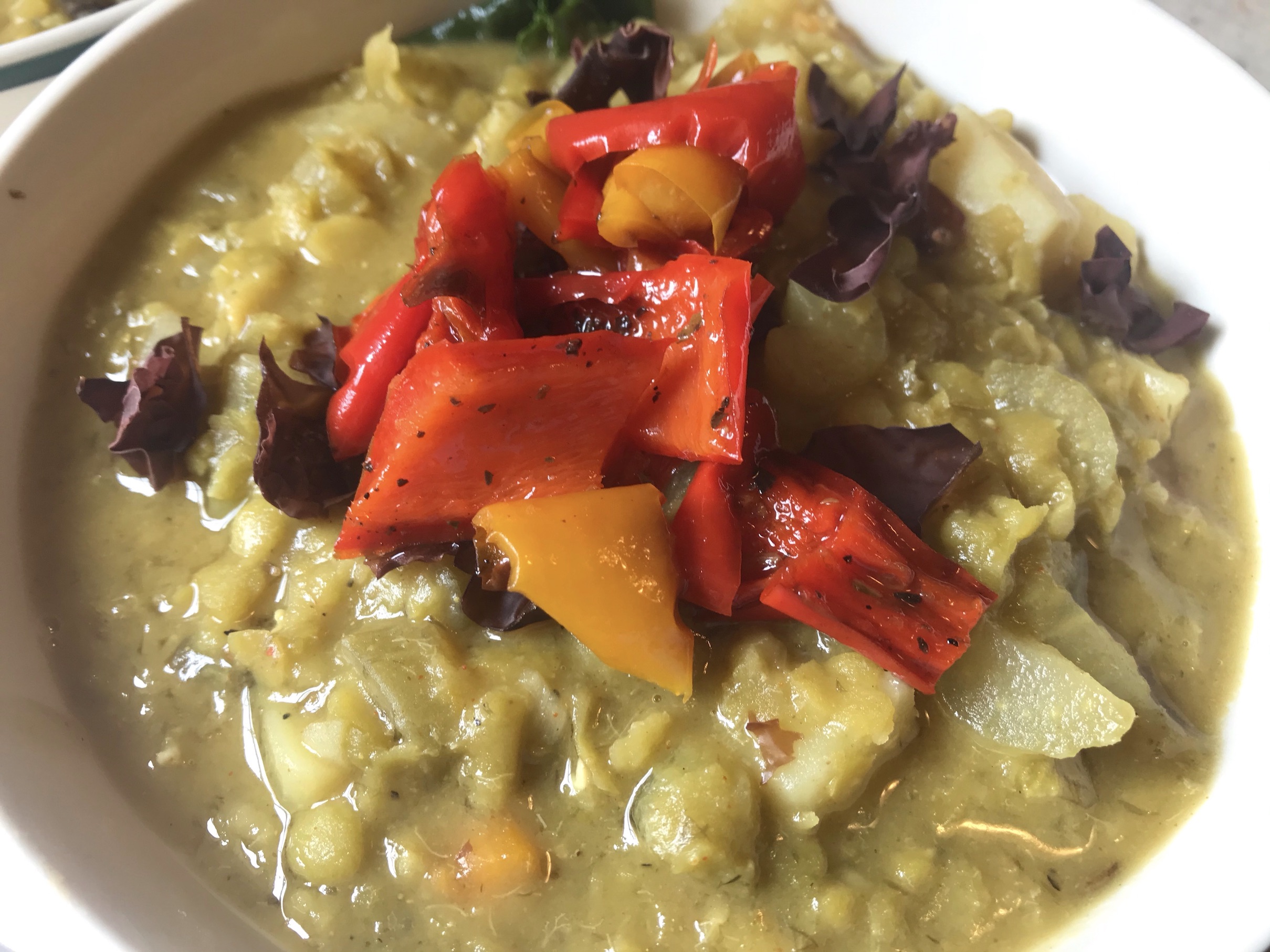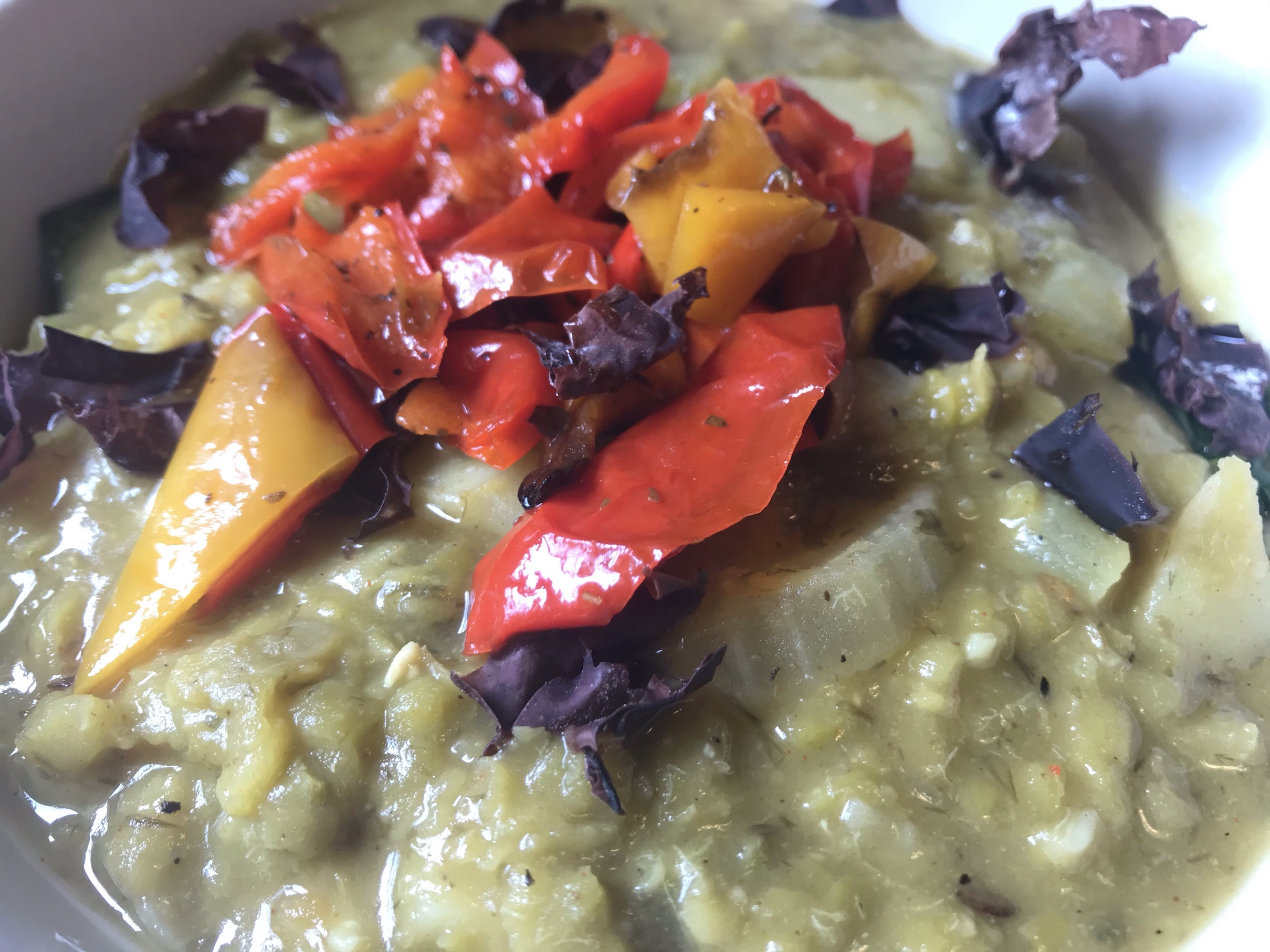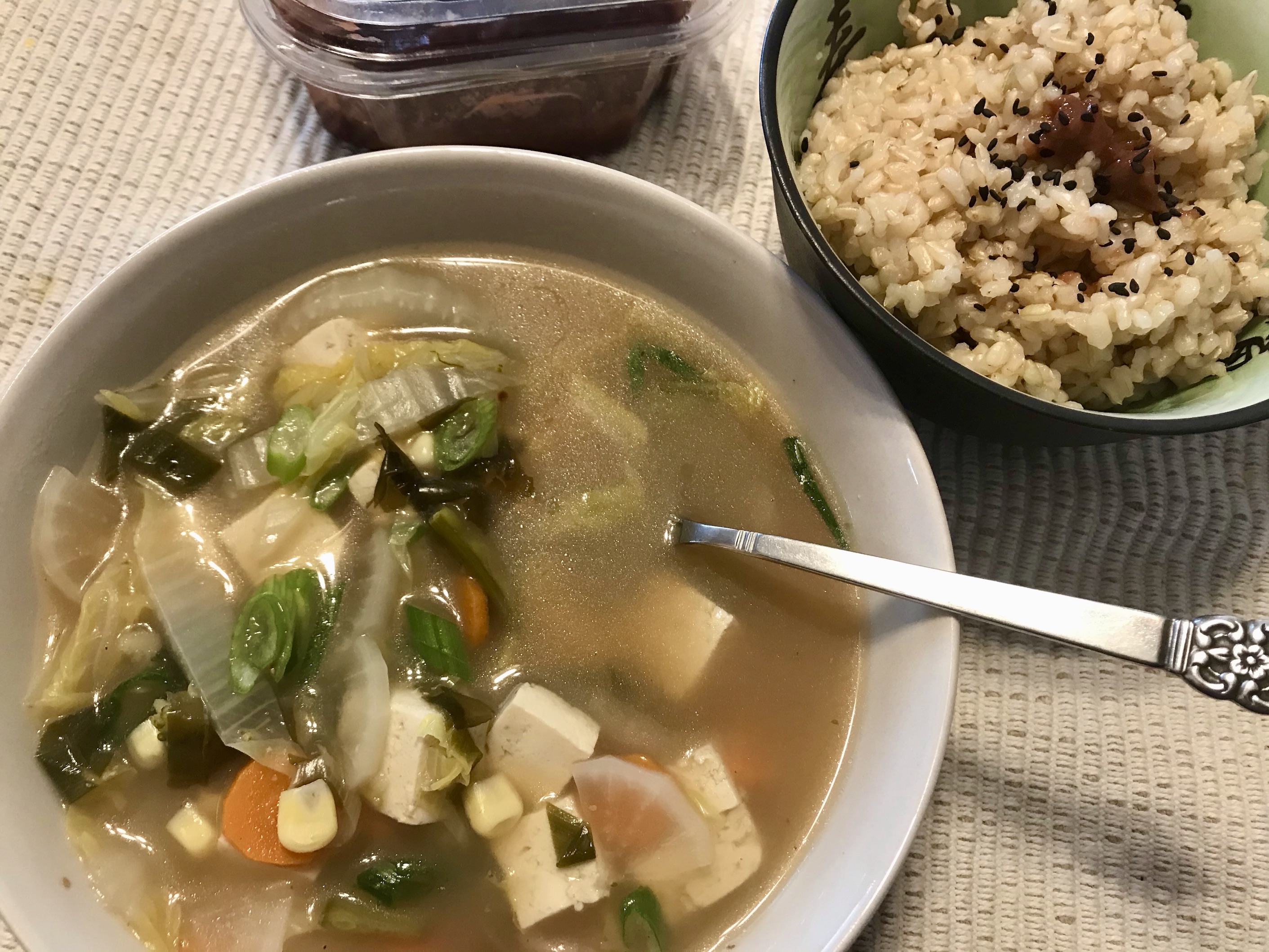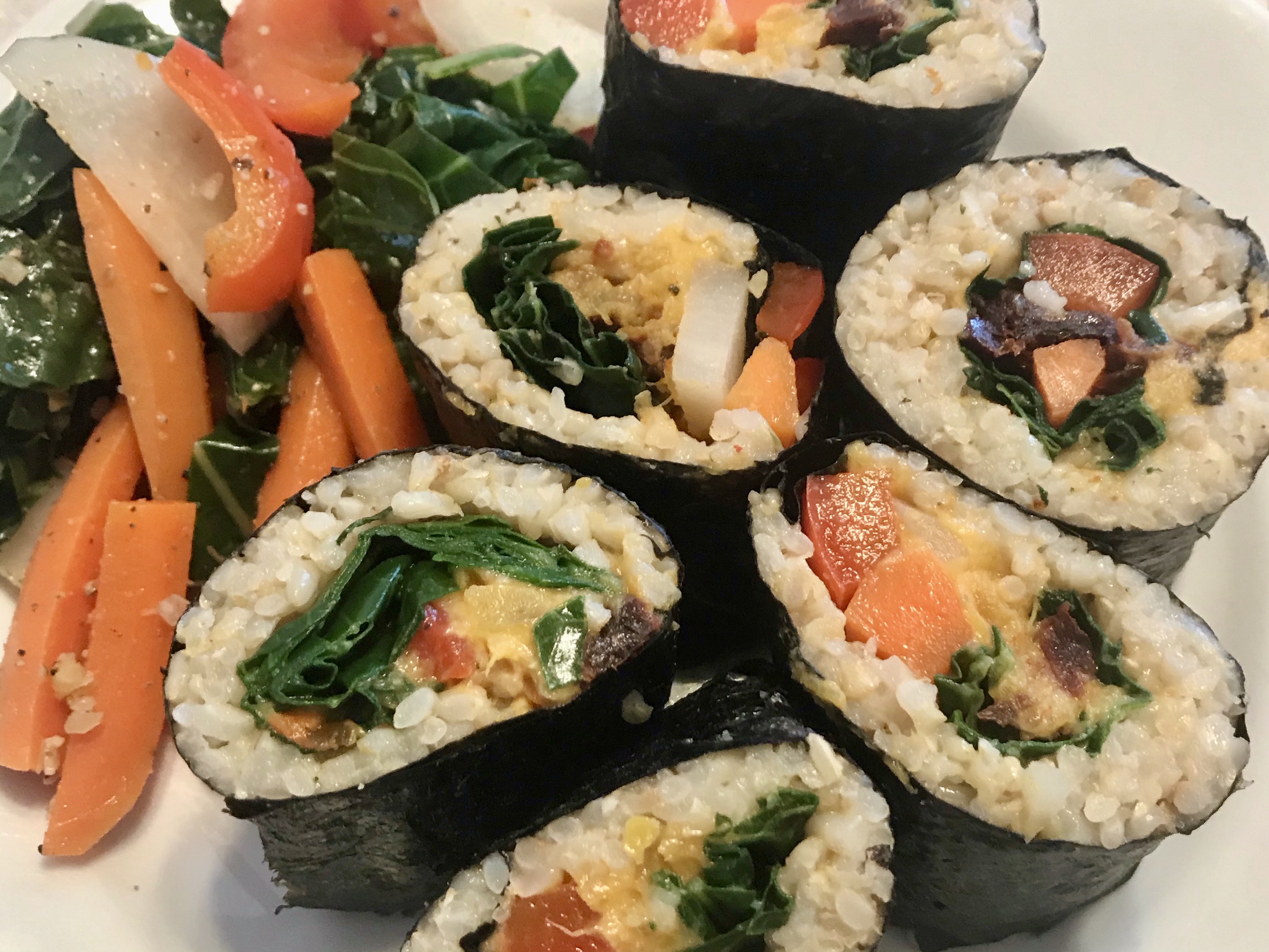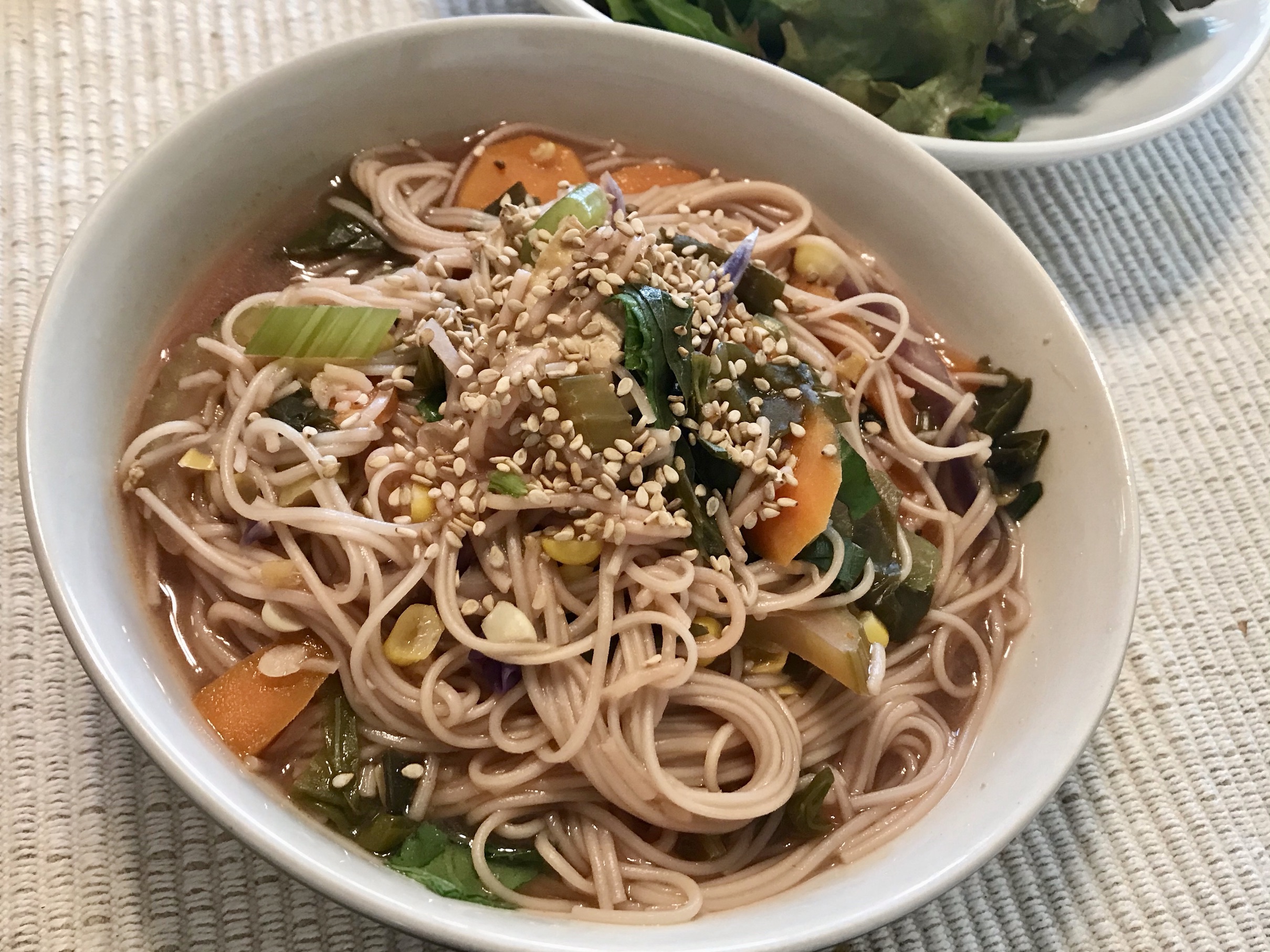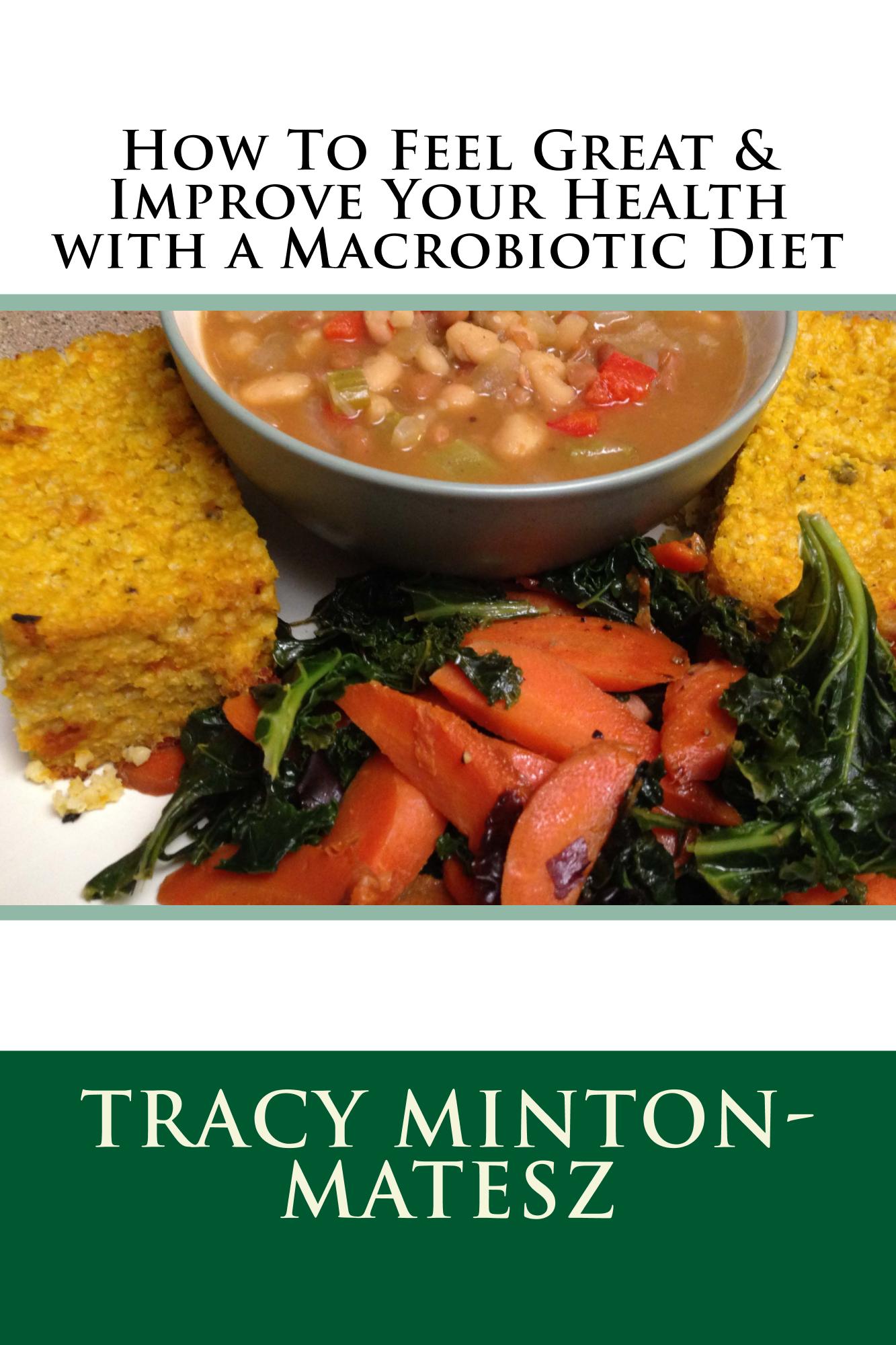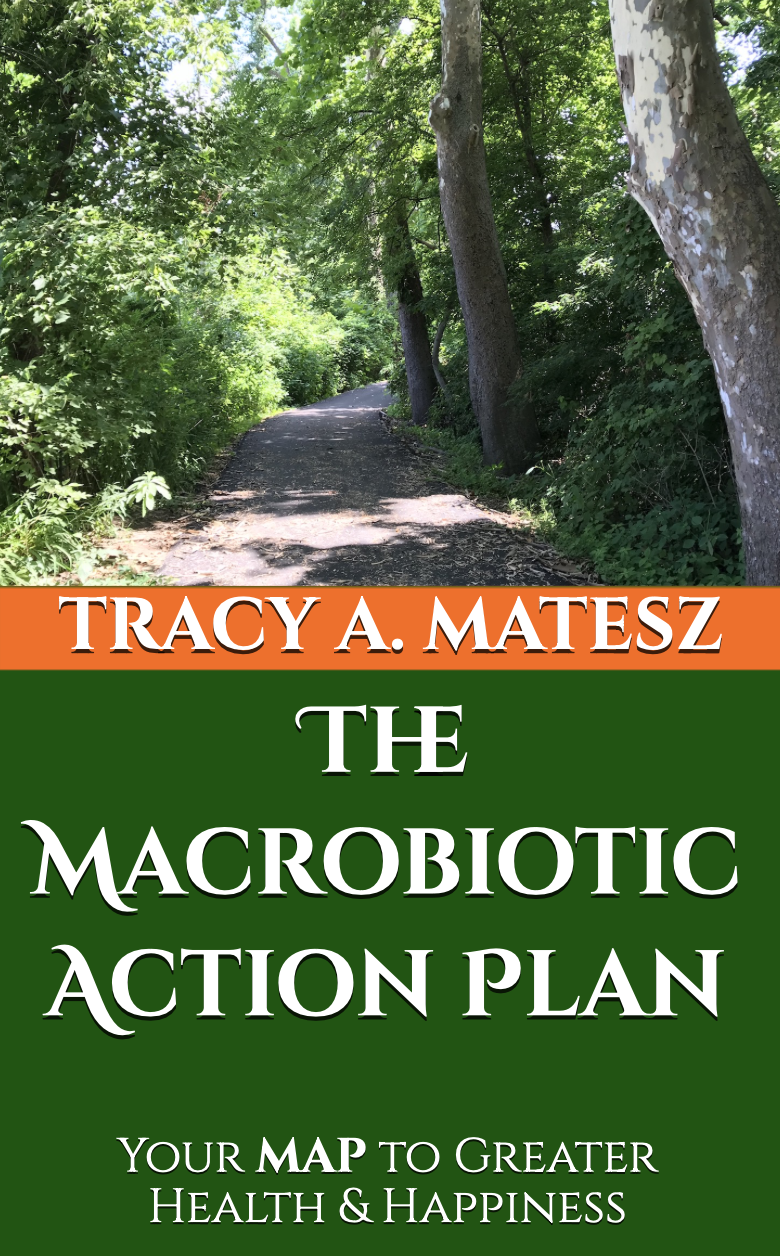Condiments For Vegan Macrobiotic Cooking
For Healthier Savory Flavor
My favorite condiments for vegan macrobiotic cooking add flavor, without compromising health. Condiments can be sources of a variety of unwanted ingredients, from excess sodium (from poor quality salt), dyes, artificial flavorings, poor quality sweeteners and in some cases, fish or animal products.
Having a handful of healthful, flavorful condiments around makes cooking much more enjoyable in general, especially true for those following vegan / plant-based macrobiotic diets.
I highly recommend investing in either these or a few of your favorite condiments for vegan macrobiotic cooking to keep your meals healthier, and have better control of sodium intake, without compromising on flavor.
I've included brief instructions about how to use a few of the condiments, at the end.
- Home
- Meal Prep / Batch Cooking Tips
- Best Brown Rice, Rice Balls, Sushi & Porridge
- Condiments for Macrobiotic Cooking
Condiments for Vegan Macrobiotic Cooking with
Savory, Smoky Flavor
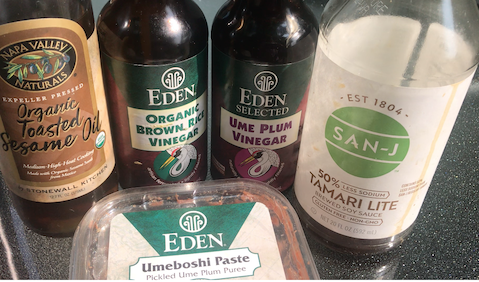
These are my go-to condiments for vegan macrobiotic cooking which provide a savory, and in some cases a smoky, umami flavor to a variety of bean soups, stews, roasted root vegetables, homemade Dashi or vegetable soup stocks / broths, and other savory entrees.
The right condiments help the natural flavors of fresh foods come alive!
A light hand of just the right amount of condiments for vegan macrobiotic cooking helps create an harmony of flavors, and helps balance the yin / yang elements of your meals.
- Seaweeds: including kelp or kombu used when preparing dried split peas or any beans or lentils provides many minerals, including iodine which supports thyroid health. Kelp or kombu also help tenderize beans when cooked from dry. We never cook dried beans or peas without a 3-4 inch piece of kelp or kombu seaweed added. I also use Kelp/Kombu in this Simple Japanese Dashi Broth, the easiest way to make flavorful Miso Soups and Vegetable Noodle Dishes in a broth. Wakame seaweed is very rich in calcium and other minerals. I add wakame to miso soups. Nori is used for making Brown Rice Sushi.
- For a slightly smoky flavor, I like adding Dulse, a delicate, red seaweed that can be used as is, or lightly toasted, and has a flavor somewhat similar to smoked salmon, or like bacon when crisped up first. Dulse can be added to other bean soups, vegetable dishes, stir fries, or salads, or even on a sandwich.
Dulse is great as a topping on my Vegan Split Pea Soup, or added to Southern Style Greens (recipe in one of my earlier cookbooks which will be made available as a FREE E-BOOK as soon as I can. Click here for details, or subscribe to be alerted.) - Smoked Paprika & Liquid Smoke also add a smoky flavor to vegan soups and stews. A little goes a long ways! Just a few drops of liquid smoke are often all that is needed.
- Vegan Worcestershire Sauce such as Annie's Organic Vegan, Wizard's Organic Vegan, and Savory Spice GF Worcestershire sauces gives stews, bean dishes, and marinades a rich, tangy, savory kick. Great in Vegan Split Pea Soup.
- San-J Reduced Sodium Tamari Lite (I absolutely love this tamari, but for those accustomed to higher sodium diets, it may take using it a few times to adjust to lower sodium. Tamari is a pure, naturally fermented alternative to lesser quality soy sauces.
- Miso paste ~ South River Miso is one of our favorites, which you can read more about on my Japanese Dashi Broth & Miso Soup recipe page. Miso Masters is made in the USA ~ Try White, Country Barley, or Red Miso for the richest, saltiest flavor; also of excellent quality is Ohsawa brand ~ Try Ohsawa Brown Rice or Barley Miso (darker color = saltier and longer aging; white = sweetest, lowest sodium ~ I keep a couple kinds on hand.)
- Dried shiitake mushrooms (like Vigorous Mountains brand) or mushroom powder provide a more earthy, umami flavor and are great to add to homemade vegetable stock or broth (Although I didn’t add any dried shiitake mushrooms to this particular recipe, they would make a great addition.)
- Gomasio is another fave, which we typically make ourselves. It's a blend of roughly 16:1 roasted sesame seeds + roasted unrefined sea salt, coarse ground in a suribachi. You get the benefits of the calcium-rich sesame seeds, and a bit of salty flavor, without all the salt. Gomashio is also made with seaweed added, like this Eden Organic Seaweed Gomasio.
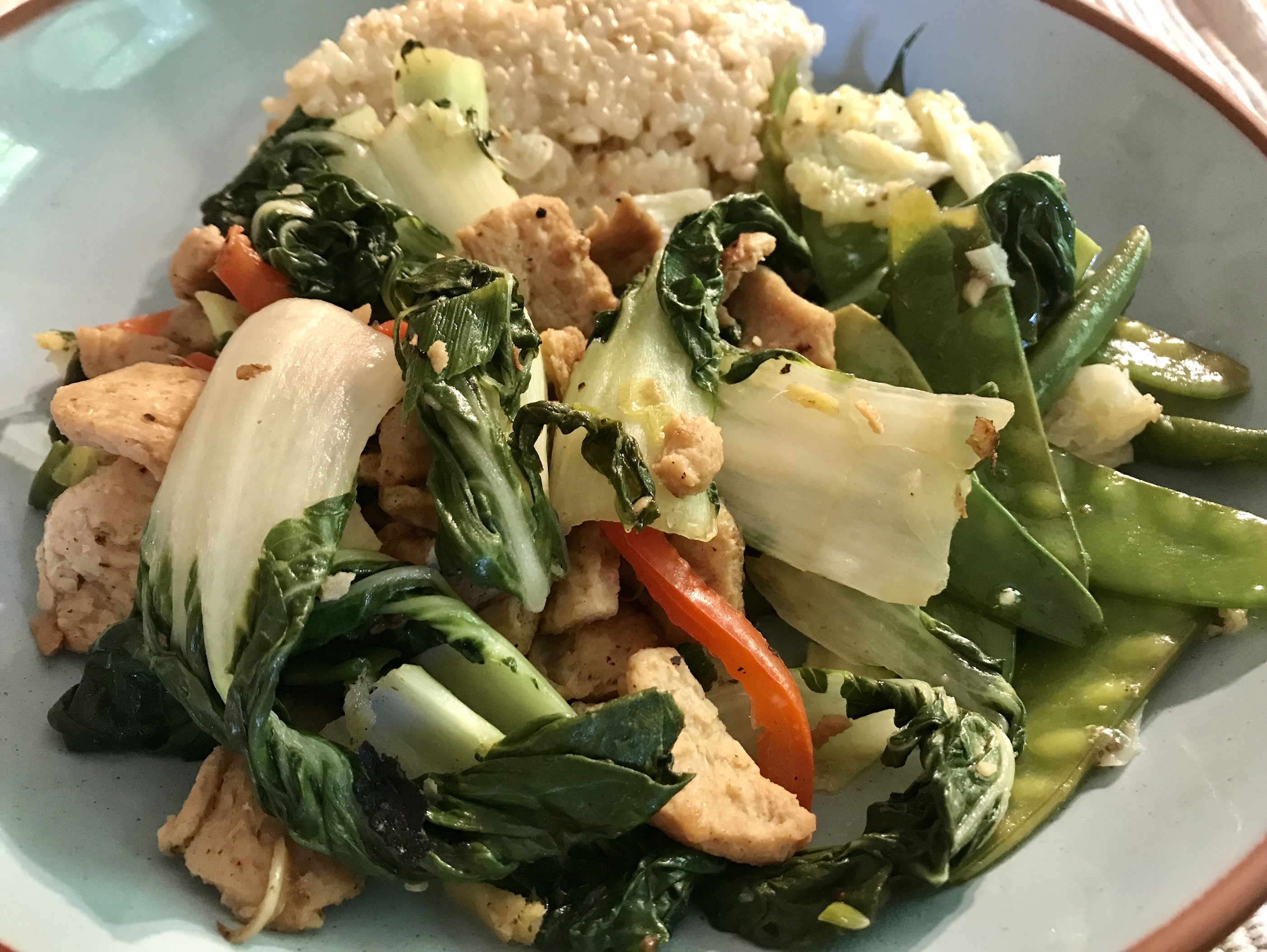 Brown Rice and Stir-Fried Tempeh & Vegetables
Brown Rice and Stir-Fried Tempeh & Vegetables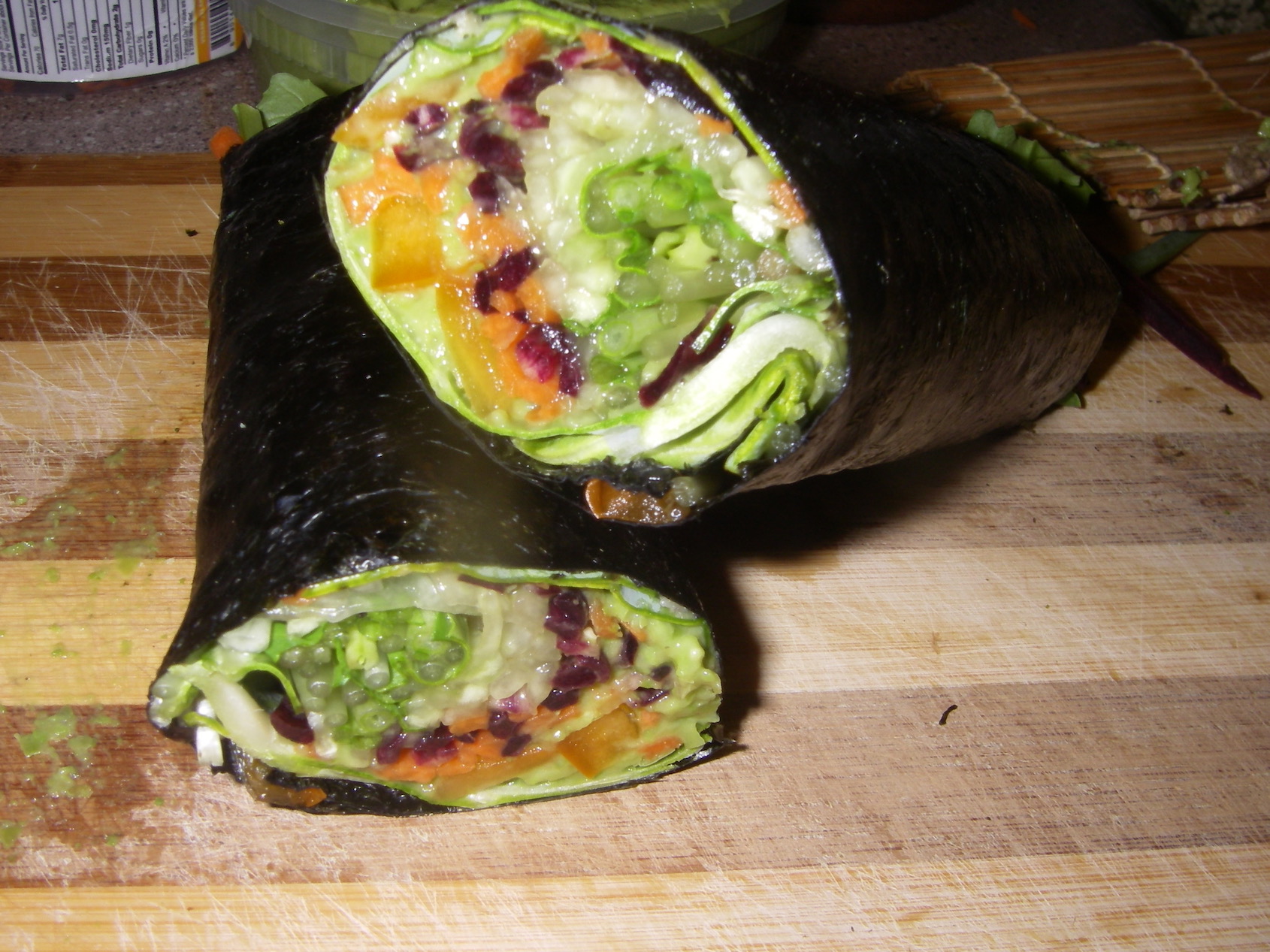 Raw Sushi Roll
Raw Sushi Roll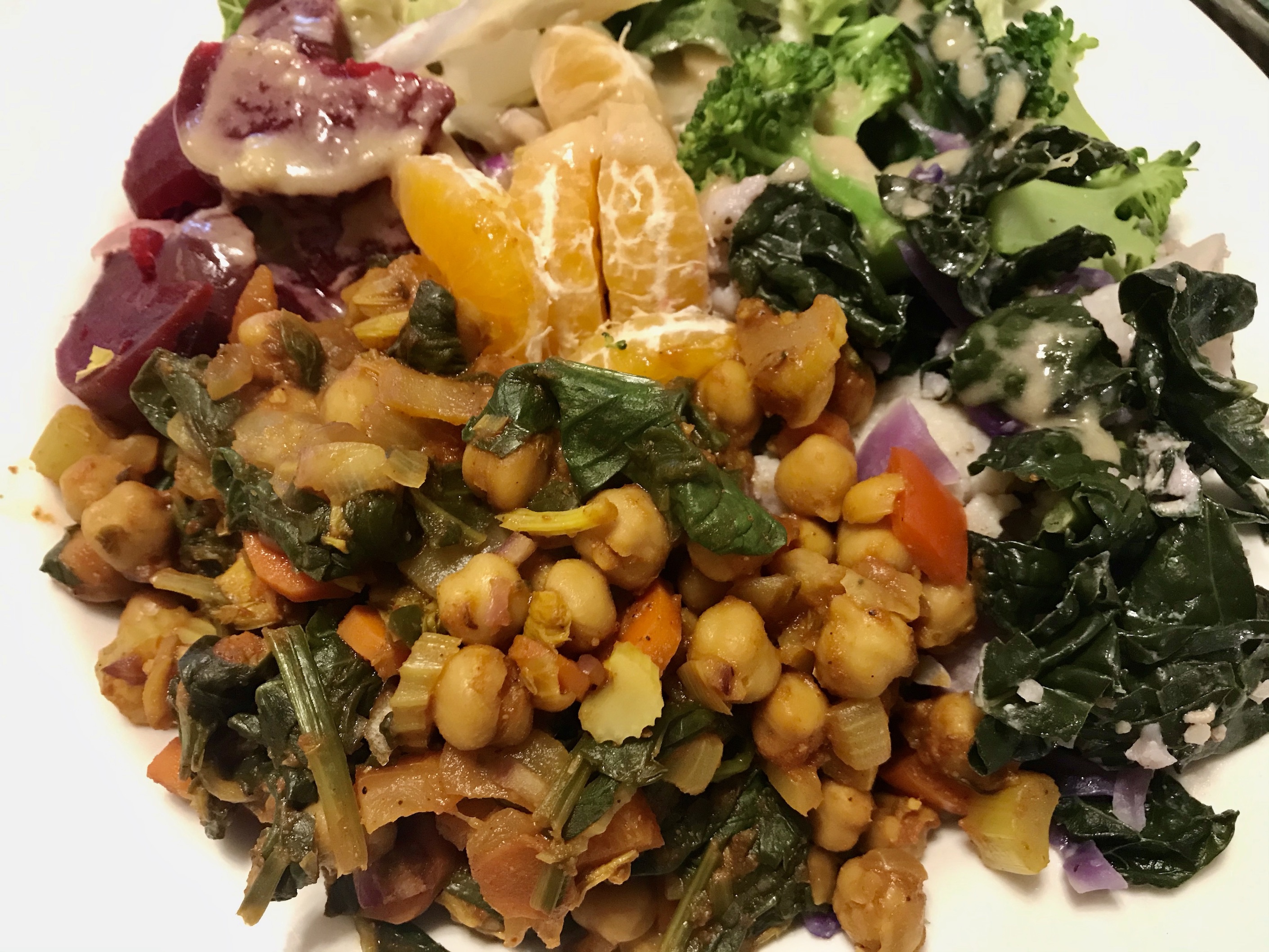 Chickpeas, Kale with Tahini Dressing, Cooked Beets
Chickpeas, Kale with Tahini Dressing, Cooked Beets
A Few Favorite Condiments for Vegan Macrobiotic Cooking!
One of my favorite condiments seems to be getting harder to find. Recently I saw that Whole Foods pulled their Eden Foods Umeboshi Plum Paste off the shelves, and marked them down at a reduced rate. At the time I noticed, I was in a hurry, and figured there were plenty left for me to come back later that week. Boy, what a missed opportunity!
I'm hoping to drive demand back up of these classic condiments for vegan macrobiotic cooking. They provide flavor + great health benefits.
Umeboshi plums, and umeboshi plum paste are naturally fermented plums which have some shisho leaf added which gives it the red coloring.
Eden Umeboshi Paste is so good on brown rice, in Brown Rice Balls, and spread on corn-on-the-cob.
1/4 teaspoon stirred into brown rice, or a small amount used on corn cobs in lieu of butter gives a nice slightly tangy, savory / salty flavor balance to whole grains and other foods.
You can also use umeboshi paste for special healing beverages, and vinaigrettes. Or use Eden Ume Plum Vinegar drizzled on steamed or QB Greens & Vegetables.
Eden Foods has been macrobiotic since 1968. They also have an entire recipe database and section devoted to macrobiotics.
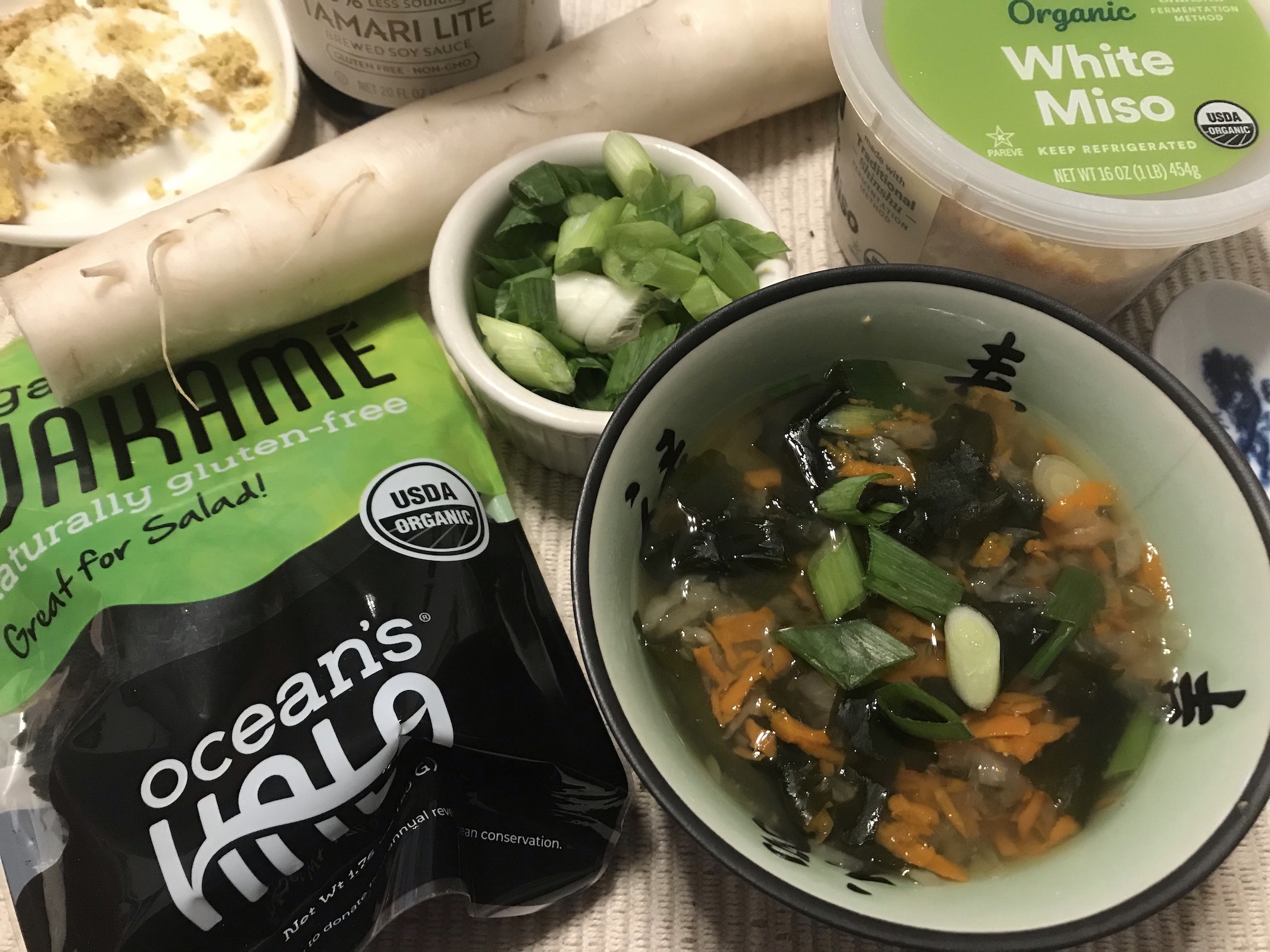 Wakame is a mineral-rich seaweed often added to Miso Soups; White Miso is a milder, sweeter, lower-sodium miso paste that can be used to flavor a wide variety of soups, dips, and used in dressings
Wakame is a mineral-rich seaweed often added to Miso Soups; White Miso is a milder, sweeter, lower-sodium miso paste that can be used to flavor a wide variety of soups, dips, and used in dressingsOils I Use in Vegan Macrobiotic Cooking
I mostly use rice bran oil, a high oleic sunflower oil, or avocado oil when cooking at a medium to medium-high heat.
Generally, I use toasted sesame oil towards the end of cooking for a little earthy, rich flavor, or in marinades and dressings. I like both Napa or Eden brand light and toasted sesame oils, however, there are others that are of good quality.
I use a little extra virgin olive oil when making Italian flavored dishes, however, olive oil is better for cooking at a higher heat than extra virgin olive oil. Make sure to only use oils good for high heat cooking when making sri fries. Many of the earlier macrobiotic cookbooks recommend an unrefined corn oil for it's rich, buttery flavor when cooking at higher temps.
Eden also has an Organic Black Sesame Oil which is very rich and flavorful, with more phytonutrients.
It is easy to learn oil-free cooking. And, it's also nice to use a little oil here and there, especially during the colder months.
While many people in the whole-foods, plant-based communities abstain from all oils, I personally believe there is a place for them, depending upon one's constitution, and current health condition and goals. I wrote why, here.
There has been a ton of bad press about oils that has circulated lately. I do not so far believe that oils are the demon food, like sugar, they are being made out to be, however, they must be used judicially. Oil-free cooking may be necessary for those seeking weight loss, or whom have health conditions warranting avoiding them for extended periods, or indefinitely.
Gil of Nutrition Made Simple on YouTube does a great job combing through the scientific literature to see what the weight of total evidence indicates about the consequences of consuming plant oils. In this video, he looks at canola oil. If you have concerns, maybe give his video a watch.
This video looks at whether seed oils are inflammatory.
A note about all the resources: I've included links to those products I use, or trust to be of a better quality and value. Some of these may also be found at your local natural foods store, Whole Foods, or online for a better price at Vitacost.com. Any purchases made through the above links do provide a small commission for me, which helps support my time to continue making more informative content available, and is greatly appreciated!
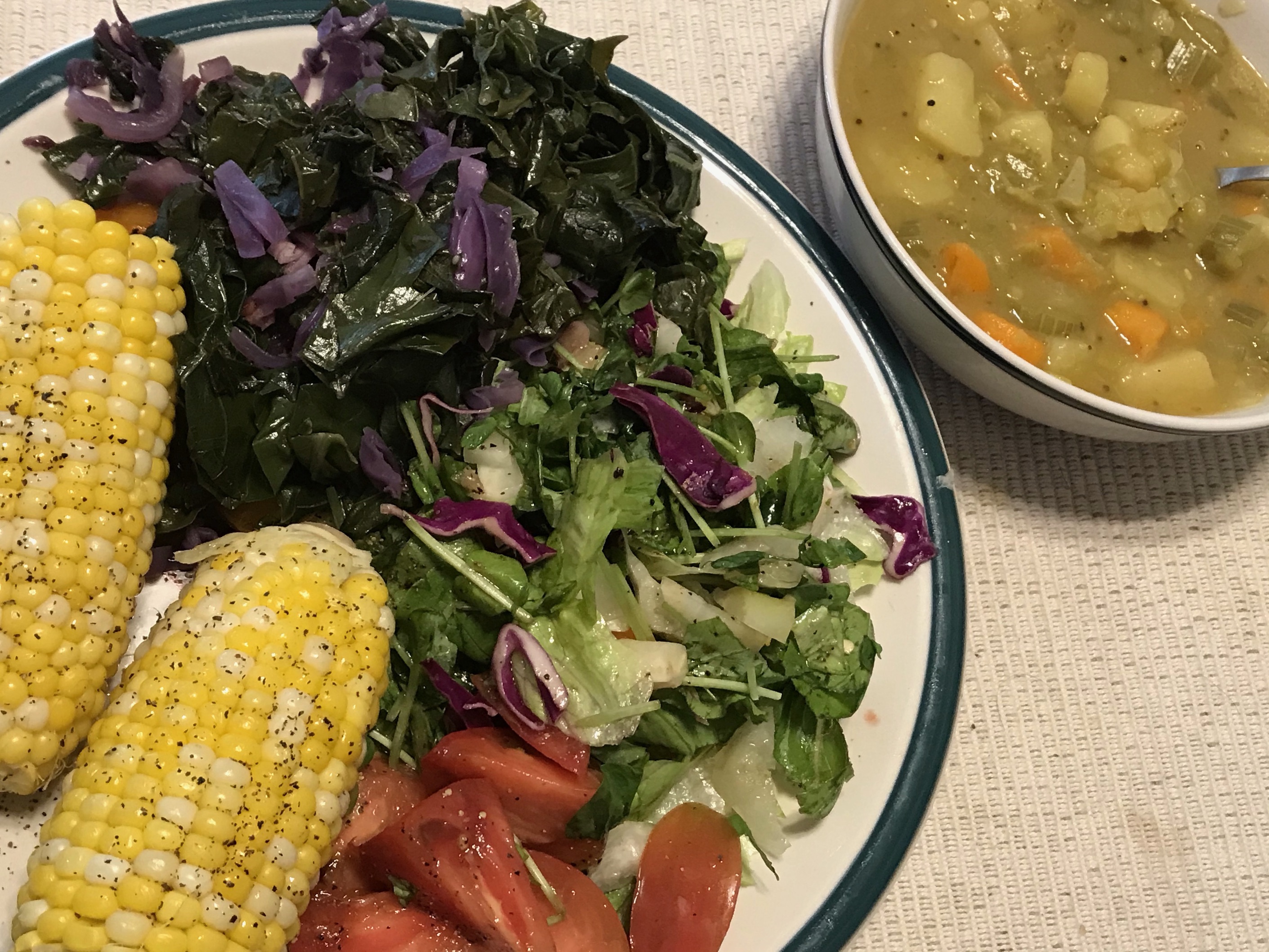 Corn-on-the-cob comes alive with a little bit of umeboshi plum paste spread on top ~ you'll never mis the butter!
Corn-on-the-cob comes alive with a little bit of umeboshi plum paste spread on top ~ you'll never mis the butter!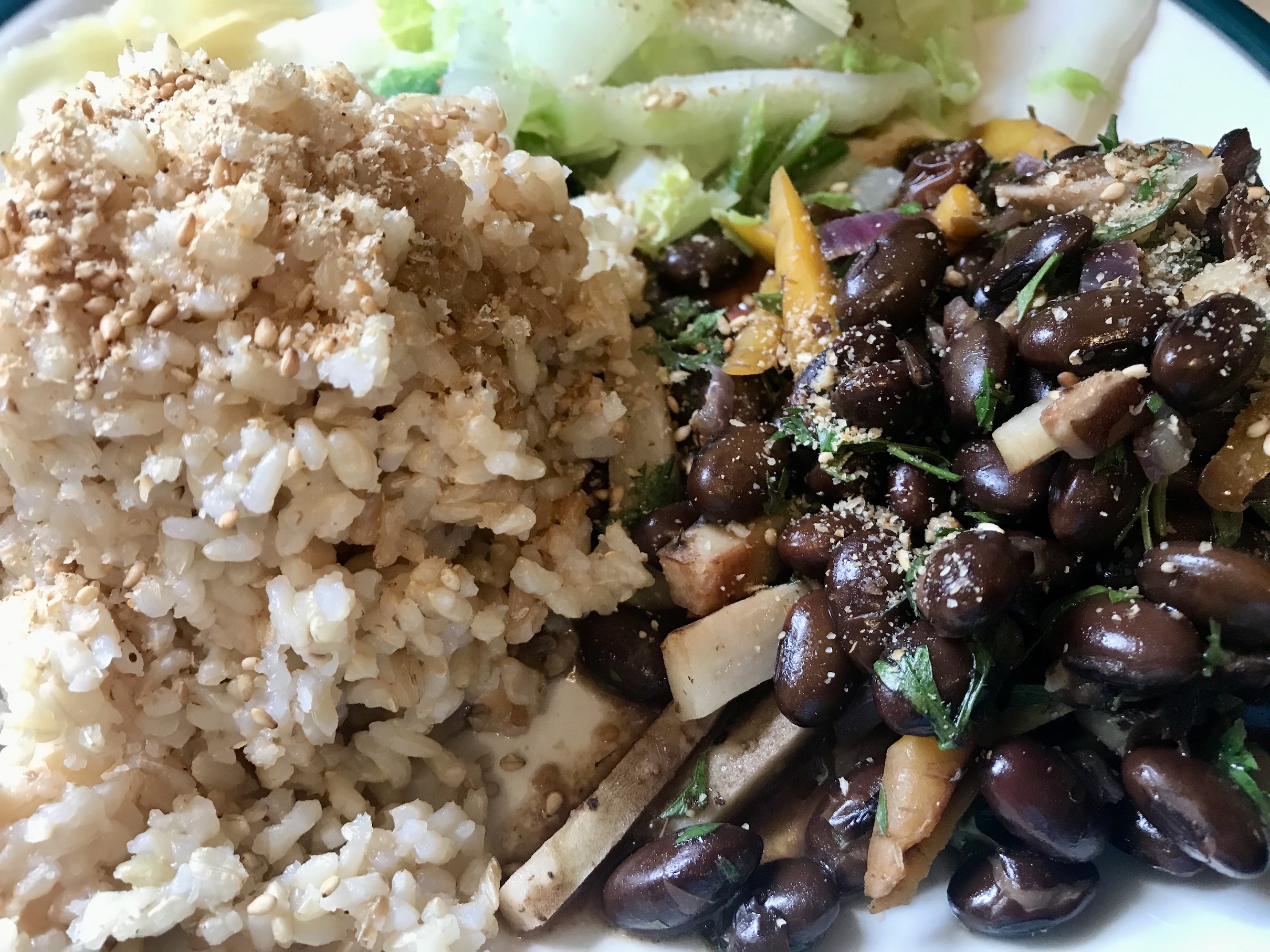 Macrobiotic Meal of Brown Rice & Black Soy Beans prepared with San-J Tamari Lite & a little toasted sesame oil; topped with Gomasio; and QB Napa Cabbage drizzled with Umeboshi Vinegar
Macrobiotic Meal of Brown Rice & Black Soy Beans prepared with San-J Tamari Lite & a little toasted sesame oil; topped with Gomasio; and QB Napa Cabbage drizzled with Umeboshi VinegarNotes for using a few of the condiments for vegan macrobiotic cooking
Dulse
Dulse is a red colored summer algae that grows on the northern coasts of the Atlantic and Pacific oceans. According to Wikipedia, the earliest record of dulse is from the island of Iona, Scotland, where Christian monks harvested dulse 1400 years ago. It is commonly used as a snack, or source of fiber in Iceland and in Ireland.
Dulse can be lightly toasted in the oven set at about 300º for a few minutes, until it firms up and gets crisp. A higher oven can be used, but pay attention, as it burns quickly. Or toast in a skillet.
We recommend ordering seaweed in bulk from Larch (Maine Seaweed) at TheSeaweedMan.com.
Dried Shiitake Mushrooms
To use dried shiitake mushrooms ~ PRE-SOAK AHEAD of time:
In a small bowl, cover 2 dried shiitake mushrooms with boiled water, and let sit 30 minutes ~ or longer ~ until softened. Add the soaking liquid to the soup. The mushrooms will be chewy, especially the stems which you can discard. If you like the chewy, somewhat meaty texture, slice or chop mushrooms into smaller pieces, and add them to the soup with the soaking liquid.
Shiitake mushrooms boosts the nutrition, and infuses the soup with that highly coveted umami flavor.
Miso
Miso paste is a staple condiment in Japanese and macrobiotic diets, made from a fermented bean and/or bean & grain blend. It is stirred into the soup before serving to preserve the beneficial enzymes.
About one teaspoon per serving is all that is needed. It keeps for a long time, is way healthier than salt, and is easy to use. I highly recommend having a white miso and more rich, savory (and salty) barley or red miso for variety.
To use miso paste:
The easiest way is to ladle soup into individual serving bowls. Scoop out 1/2-1 teaspoon of the miso paste, and, using the back of a second spoon, mash the paste into the soup, or against the side of the bowl. Stir to combine. Or, stir right into the soup pot, let simmer on low for another minute, then serve.
DO NOT boil soup once the miso paste is added or it will destroy the beneficial enzymes.
Look for more vegan condiments for macrobiotic cooking to come. These are definitely our most used choices.
To learn more:
- Plant-Based Meal Prep Tips & Suggestions >>>Condiments for Vegan Macrobiotic Cooking
- How to Craft a Healthy, Balanced Diet Based on Universal Principles
- The SASSY Vegan Diet That's Sustainable Can Include Oils!
- Recipes Using Leftover Brown Rice in Sushi & Brown Rice Balls
- Simple Japanese Dashi Broth & Miso Soup Recipes
- QB (Quick Boiled / Blanched) Greens & Veggies
- Plant-Based Diet Basics
- Early Macrobiotic Pioneers & Our First Introduction to Macrobiotics
- My Macrobiotic Diet Weight Loss
- An Unexpected Macrobiotic Gift & Answered Prayer
- Return to Home Page
